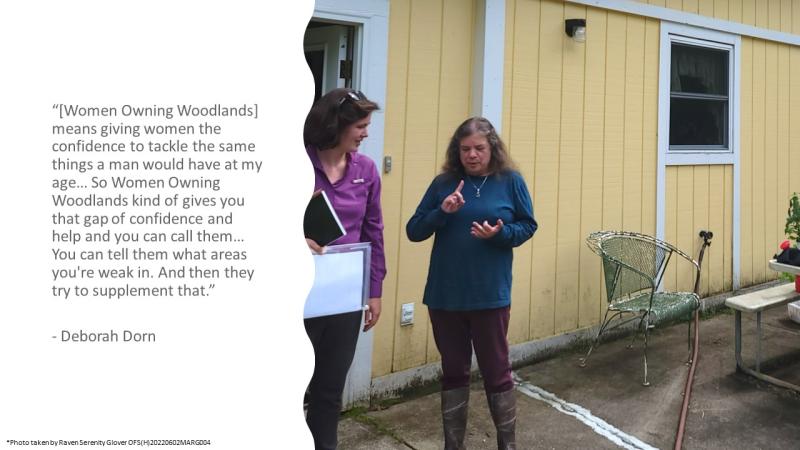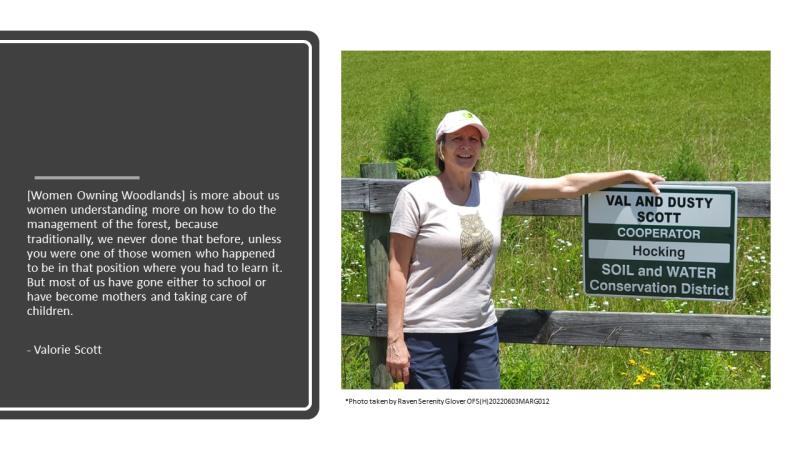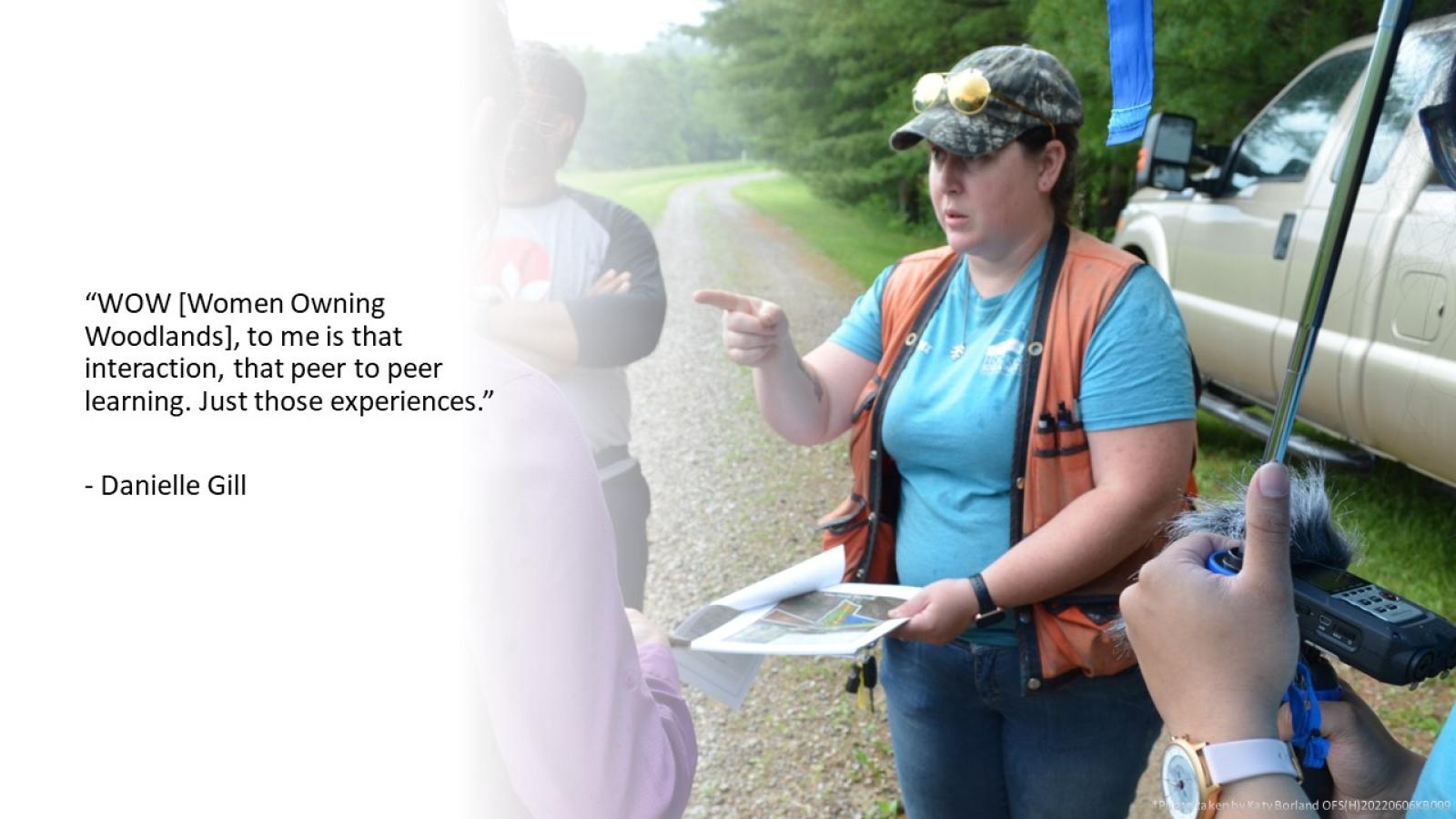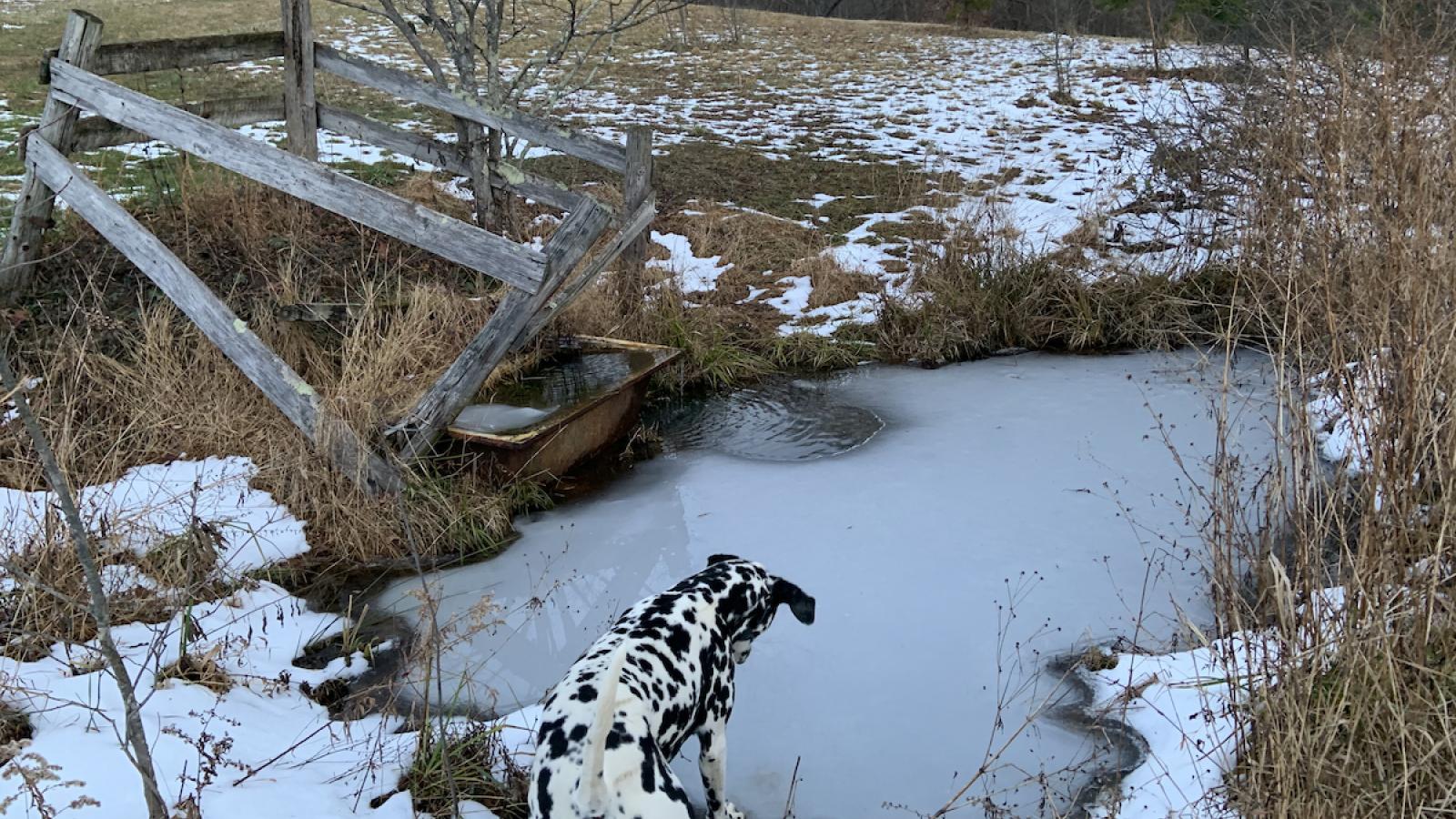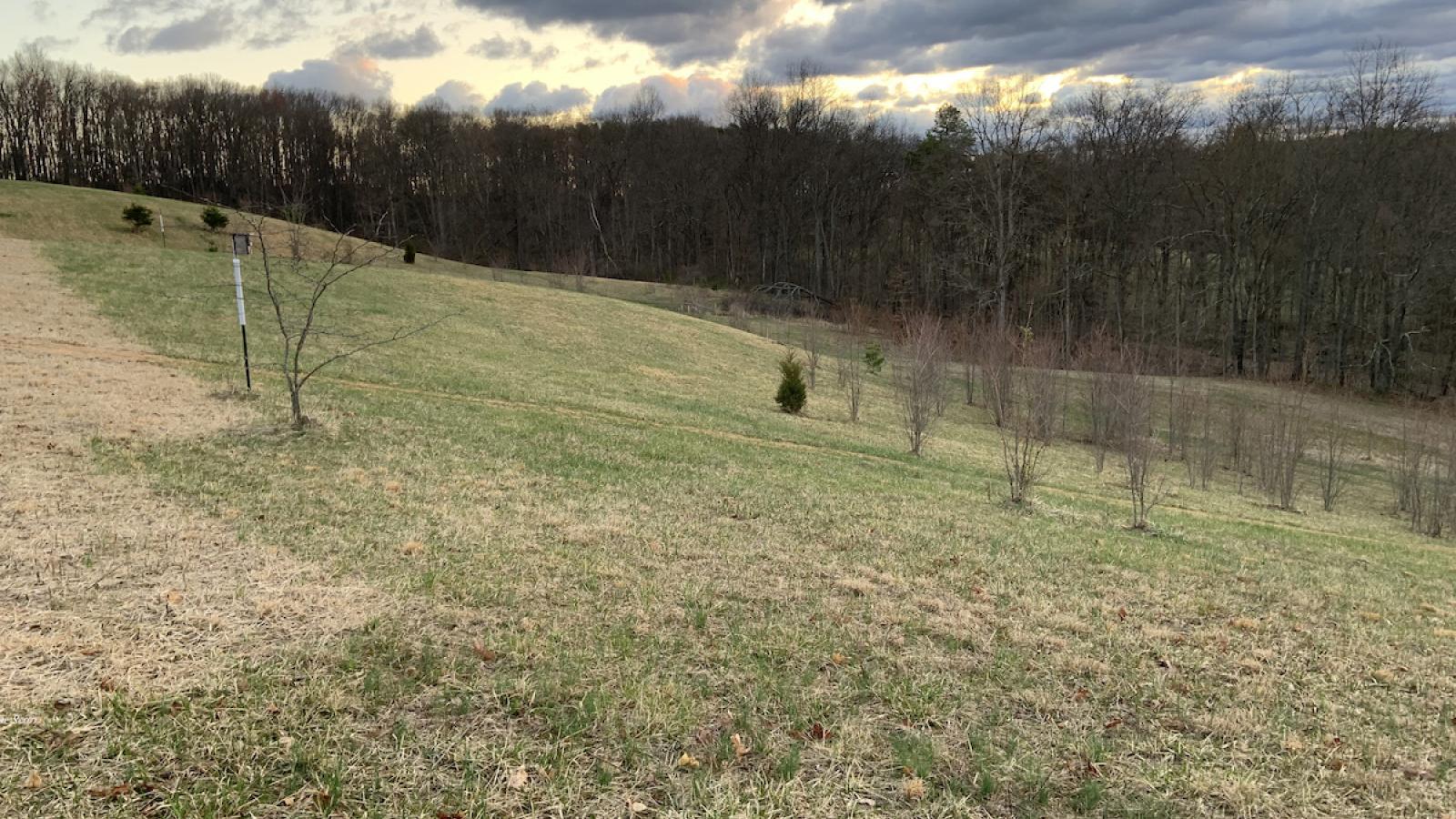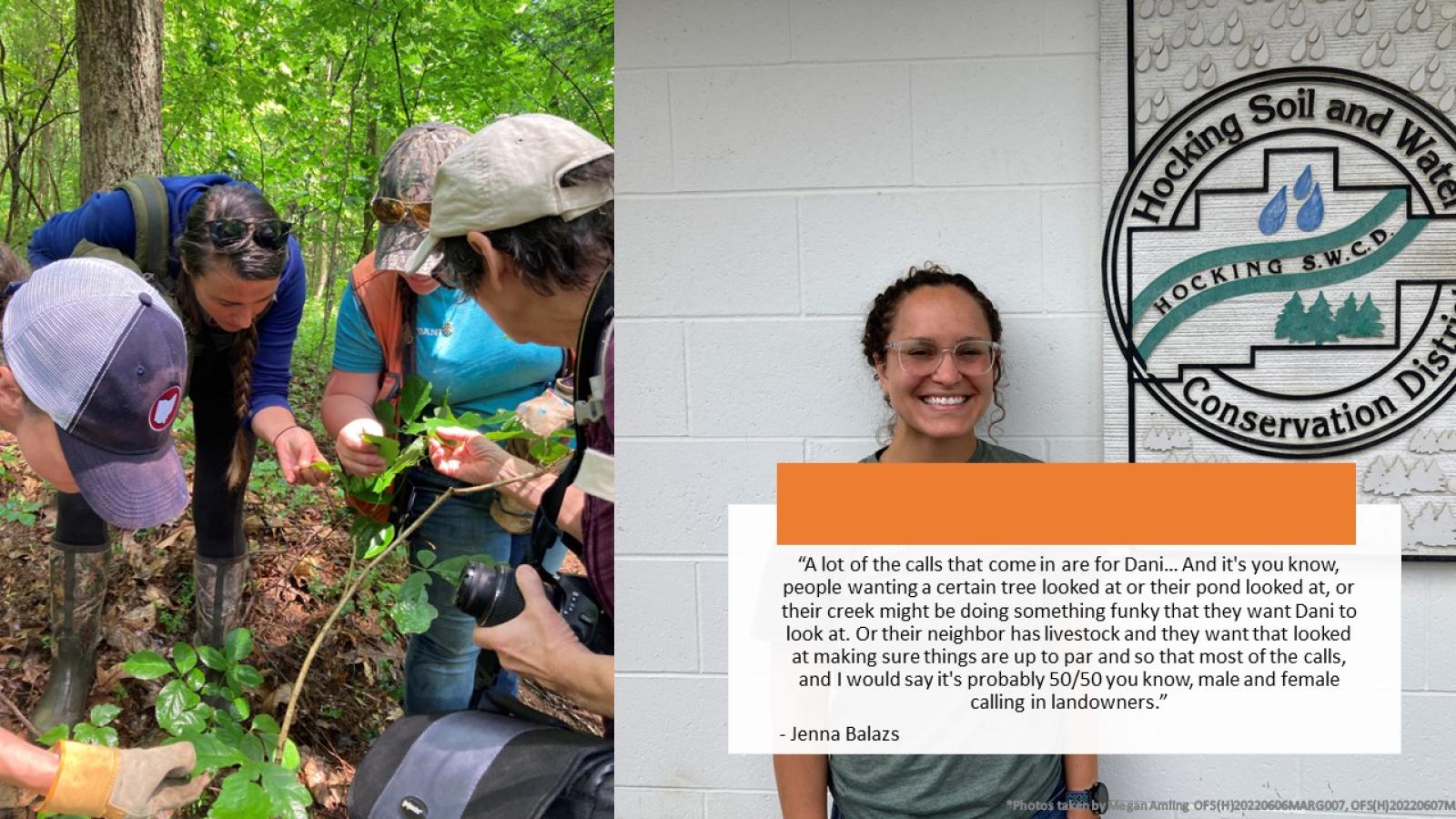
Women Owning Woodlands (WOW) is a collaborative organization bringing together National Woodland Owners Association (NWOA) and the USDA Forest Service, Cooperative Forestry Office. The almost 40-year-old organization has affiliate members in all 50 states. The combination of these programs brings together “landowners through the commitments of state forestry agencies that combine federal and state resources to benefit the people and land of their states.”
The Southeast Ohio Chapter of the Women Owning Woodlands Network was formed by a collaborative group of University Extension professionals and local groups of women woodland owners who shared several goals related to land management:
- Recognize the growing number of women taking on a wide array of active woodland management roles.
- Raise basic forestry and decision-making skills through hands-on activities.
- Support and increase women’s access to forestry-related information and encourage communication through state and local networks.
The Southeast Ohio chapter of WOW serves landowners, environmental professionals, and nature enthusiasts in a range of counties. They work closely with the Northeast Ohio chapter, but serve regional land needs more directly. Local chapter partners include Central State University Extension, Hocking Soil and Water Conservation District, ODNR’s Division of Forestry, Rural Action, and Ohio State University Extension. They offer both in person meetings and webinars (COVID-19 restricted them to only webinars) focusing on a range of topics including NRCS’ Environmental Quality Incentives Program (EQIP) practices, tree identification, and non-timber forest products (NTFPs). They also offer social events for community building and networking. The topics shared at WOW events are community-driven and open to anyone interested in developing a better relationship with their land.
Through our conversations with members of WOW, we learned women often do not feel they have the space to discuss land management goals and practices in existing environmental stewardship spaces. WOW provides individualized support to its members, providing a community and network of enthusiasts and professionals who care about managing their land equitably and sustainably. They want to demystify land management for women owners.
2021
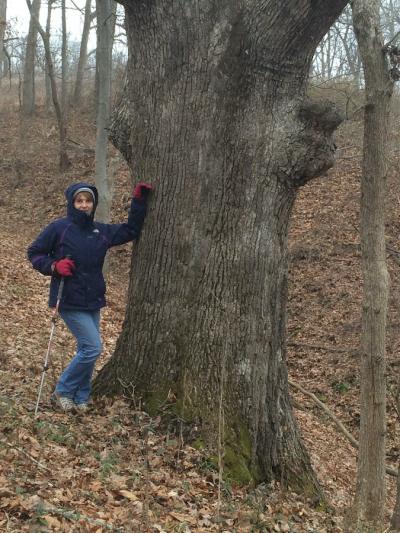
Placemaking in Southeast Ohio
Women Owning Woodlands (WOW) provides a unique perspective on the role of placemaking in Southeast Ohio. As a community focused on providing services to an underrepresented community in the field of forestry and natural resources, WOW is dedicated to helping people connect to their land through improving land-management practices and increasing knowledge and confidence in women who choose an active role in land stewardship. These practices of care are demonstrated through land maintenance: spending time and energy on assisting the land creates stronger bonds and a sense of place for women in Southeast Ohio.
WOW is an organization that provides women with a comfortable space to ask questions and share concerns regarding land management. Zahra and Daisy asked Molly if she had stories to share with them about the connection between her gender identity and land management and farming. She mentioned that even though she found herself working in a male-dominant space and all her mentors were men, they generously guided her in performing these activities. Nonetheless, she told a story about a time when she wanted to buy calves where the male calf salesman over the phone communicated that she was “like not what he was expecting” based on the sound of her voice. WOW serves an important role in this community in SE Ohio because of the need for women to connect and share with each other about their land management practices and increase representation and confidence for women in land management roles. This regional community of women who share a common interest in understanding, relating to, and managing the land around them exemplifies the strengthening connections and expressions of “making place” in SE Ohio.
Issues of Translation Across WOW
During our interview with Valerie Scott, we explored the idea of translating subject-specific language across communities. There is often a divide in organizations between academic or other specialized careers, and when this knowledge is shared between groups, it can be assumed that community partners may already understand what these terms mean. This can lead to part of the group feeling alienated or not interested in reaching out for assistance. Val’s first experience attending an event with WOW initially led to her feeling misunderstood and alienated because of her lack of knowledge about forestry and land management. When Val shared these feelings openly with the discussion leader, Jaime Dahl, she was able to receive more direct assistance which helped her better understand the language around environmental stewardship that could benefit her land management goals. Val describes this experience below:
“The individuals... most of them were from like the forestry group, and some of the different government agencies and they talked about what your forest, how are you managing your forest, how are you doing this and so… because I’m a newbie in the whole area I finally and I’m not bashful I opened my mouth at one of the meetings and said, “This sounds all great and wonderful, what you're doing, but I don't manage my forest for sustainability, where I'm cutting trees down and selling them for lumber. I want to manage it so that the forest continues to grow,” so that it's always there for enjoyment of nature, I said, “How do I start there?” and it triggered, [a conversation with] Jamie Dahl I believe. It triggered her to start thinking “wait a minute, this person doesn't even know what's available to them, and she doesn't want to grow trees to have them cut down like the forest timber management, she wants it more for nature. I started explaining to [Jaime Dahl], “I don't even know how to start my plan like, where do I begin?”
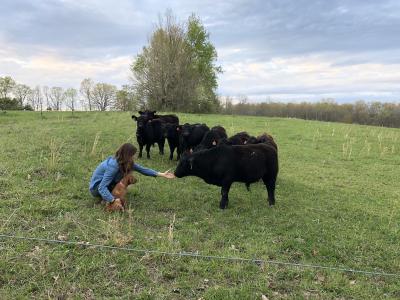
The miscommunication between groups due to the use of specialized language is something that Val experienced in her own professional work as well. Sometimes Val presented at meetings with her own specialized IT knowledge without explaining the concepts in detail which could have led to miscommunications or alienation in the group of people who did not know what she was referring to. She further explains this dilemma:
“Here's an example of what I felt like when I went into those meetings, and it goes back to when I was in IT... and we were very technical and when we talk; the acronyms flew. We talked about the different... connections of the network to this to the “hyper-this” and the services here and give me this “web" whatever. And then we would go into business meetings and talk to our business owners and tell them all this technical stuff and they'd sit there looking at us like what in the world, are you talking about, because I have no clue what you just said and that's how I felt in the meetings when Jamie started and they started talking about the different forestry techniques, and so I backed up one step and said to her you talk very fluently from your knowledge base, which is, which is great, but I have no idea what you were saying. Here's what I’m looking for, so I told her what I needed. But I tried to translate it to her in a way that she understood like “oh okay you don't know this, but here's where you can go to get that” and so that's what happened, but then it triggered in my own head like ‘oh wow how many businesspeople did I confuse when I was working’ but hey that those days are over.”
Val advised Daisy and Zahra in their own careers: “When you start going out in the world, remember that when you're not in that that group of individuals that speak the same language, you have to be very careful, especially if you're trying to sell a good idea, and that other person's the one funding it for you.” We took this to heart as well when we began curating our questions, and Katherine Borland pointed out some of the specialized language and phrasing out to us so we could adjust our questions during interviews. For example, we used terms like “place-making,” “land management,” and “stewardship.” This is an important point for communicating across groups to take notice of, especially when they work to create inclusive spaces.
Creating spaces for open discussion of shared knowledge can be challenging when the community demonstrates a range of knowledge and needs. WOW is working to fill in these gaps of knowledge from a gendered perspective and demonstrates a heightened awareness of this discrepancy as public educators.
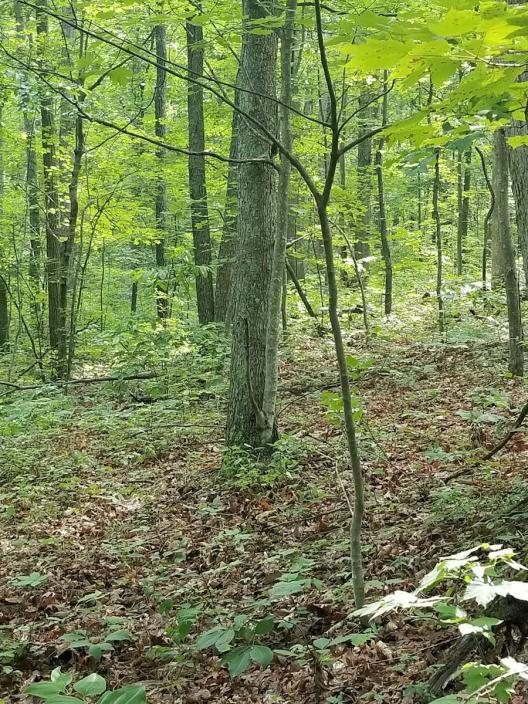
What's in a Name?
According to Jamie Dahl, the founder and former leader of the SE Ohio chapter of WOW, one of WOW’s recurring challenges is its name: Women Owning Woodlands. This name often implies ownership of land as a requirement of participation, which is not the case. WOW is a network for all women professionals and women who are passionate about natural resources to share their knowledge, ask questions, share resources, and develop professionally. WOW started as a way to bring together women landowners, especially for those who had managed their land for decades but had not found other women in forestry leadership positions. WOW is all about creating community through knowledge sharing to traditionally underrepresented groups in the forestry and land management world. While the individuals the fieldworkers interviewed for this project both happened to own and manage their own property, not being an owner does not bar individuals from entry or participation in WOW webinars or activities.
One of the consistent benefits of a connection with WOW are the educational webinars and events provided to the public. There is no barrier to entry for these events, and they center on helping women interested in learning more about the land they live on. These events provide greater access to knowledge and information about how to manage land and help to create a community of primarily women foresters and enthusiasts through their shared learning. For example, Molly Sowash mentioned a program she attended on tree identification as particularly memorable because it helped her learn the species of trees present on her land. She described this past meeting as an enjoyable gathering of women who brought together food for a potlock in addition to discussing trees. One of the other helpful webinars that she attended was titled “Setting Your Forest Management Objectives,” which assisted her with thinking and determining her goals as a first step in creating a long-term forest management plan for her property.
Age was another subject that came up when discussing the implications of the term “owning”: traditionally, older individuals own land, which potentially creates another barrier to access. For Molly Sowash, a young member of WOW, there were a combination of personal and professional reasons for her engagement with WOW. Molly wanted to know more about the woods that are part of her home. She connects deeply with the land and satisfies her role as a nature enthusiast by participating in this community. Molly also professionally cares for public lands and involves herself in valuable initiatives related to the idea of a healthy and clean environment. Women of all ages, land owning or otherwise, can participate in WOW. Molly had a great answer to Zahra’s question about how her age impacts her participation with WOW:
“I think a personal side and a professional side. The professional side is being that AmeriCorps Member who could add this to my work plan and kind of be a liaison for my organization, so we can offer our resources and, and help further our mission to educate and collaborate with landowners. And then the personal side is having moved back to Ohio a year and a half ago and finding myself on this land and with an opportunity to kind of get to know the woods better and to make decisions about it and be the, I have a lot of interests, and I take on a lot of interest in one of those is like forestry and it's, it's pretty new to me so, yeah, just looking to be more connected to other women in the area who are thinking and learning about the same topic. I think a lot of other women are, tend to be older, and landowners themselves, although lots of our webinars... other AmeriCorps members around my age attend too and kind of come to it with a different relationship to public lands, and public forest versus, you know, not being landowners themselves.”
Despite the questions surrounding the term “owning” in WOW, the group effectively empowers women to learn and manage their own land through webinars and social and professional networks. Both Molly and Val have found their lessons and direct attention beneficial to exploring their land management goals and futures.
Storytelling, Music, and Land Ownership
The stories and experiences created and shared together connected to land are a clear example of the concept of “place-making” that OFS wants to represent through their research. During their fieldwork, when Daisy and Zahra shared their interest in studying folklore at OSU with Val, who in return described some of the stories she and her husband created while caring for and building a relationship with their land. She explains:
“We named everything. We have K2, which is a hill that kicks your butt going up and down because it’s so high. Mount Whitney, which is a nice big, bald mountain. Robin Morning Trail, which is a trail that you can hear all the morning the robin mornings; all the songbirds. The other one we call ‘Hobbit’ because when you hike down it, there's the rock structures that come out of the ground. There's Swamp Dog Trail, which is [named] because our dog always likes to jump into the little pond by the seeps. He looks like a swamp though. He goes in black and white, because he's dalmatian, [and] he comes out like a black lab. That's our little hillside. So, we have names of all the different places on the land.”
Songwriting is another example of creative place-making Daisy and Zahra came across during their collaboration with WOW. Molly Sowash co-wrote a song with her former band, Mama Caught Fire, about feeling homesick for Southeast Ohio, "Run Away." Her deep connection to her land and to the larger region despite living in several different states was apparent. Though not in the band anymore, the songwriting was an important way for her to deepen her connection to the place she felt most a home.
“I lived in Minnesota for four years, during college and three years afterwards. I like felt this homesickness throughout. But it was really like, wow, I want to move home to Athens, but Athens wasn't my home growing up, Columbus was but I didn't realize until I left how like drawn I was to this ecosystem and maybe I’ll have to share a song, I wrote with you all, with a band I used to be in called Runaway and it's it kind of names those wild flowers and talks about that pull home to this particular land. I think there's, something about natural spaces that feel more personable than city spaces to me, and I love the house I grew up in in the neighborhood, but I don't feel homesick for it in the same way. When I was in my first year of college, [my dad] sent a care package, but it was just like a box full of buckeyes some pinecones, there was like some pressed wildflowers... It was just like a box of nature, and so that is just one piece of the longing for and then, the nature of home I guess...”
Where to find WOW:
Denise Natoli Brooks (Central State University Extension)
Other Public-Facing WOW Presentations and Resources:
Public presentation from the Environmental Professionals Network with The Ohio State University.
Oregon State's Growing Your Peer Learning Network: Tips and Tools from the Women Owning Woodlands Network.
The Women, Food and Agriculture Network's Women Caring for the Land: Improving Conservation Outreach to Female Farmland Owners.
Women on the Land: A Landowner's Guide to Stewarding her Woodlands by Olivia Lukacic and Paul Catanzaro of UMass Amherst and Emily Huff of Michigan State University
Leaders of SE Ohio WOW:
Danielle Gill (Hocking Soil and Water Conservation District)
Denise Natoli Brooks (Central State University Extension)
Jenna Balazs (Hocking Soil and Water Conservation District)
Jess Bowen (The Ohio State University Extension)
Katie Gerber (ODNR Division of Forestry)
Molly Sowash (AmeriCorps Member/Rural Action)
Stephanie Downs (ODNR Division of Forestry)
Credits:
Daisy Ahlstone and Zahra Abedinezhad-Mehrabadi: Fieldworkers and Writers.
***Interview quotes have been slightly edited for readability. Full transcriptions are available through the Center for Folklore Studies Archive.
Danielle Gill (Hocking Soil and Water Conservation District): Photographer; SE Ohio WOW chapter leader and organizer
Molly Sowash: Songwriter
Valerie Scott, Molly Sowash: Photographers; Interviewees
2022
Owning Woodlands in the Face of Obstacles
The biggest impact WOW seemed to have on our interviewees was in aiding women woodland owners in overcoming obstacles. Whether it be from the impact of COVID, creating a management plan for their land, or getting started with maintaining land they inherited, WOW served as an organization that these women could rely on for progress.
Many of our interviewees expressed challenges they faced tackling tasks that were usually helmed by males. This challenge either being from taking care of the land collaboratively with their partner, their partner starting to fall ill, or the unfortunate loss of their partner. The hardship that came from tending to land after their partner had passed away was not uncommon according to Dani Gill, one of the leaders and main coordinators of the organization. These women acknowledged that they were breaking traditional roles by stepping up to take care of their land.
Interestingly enough, there were many unprompted parallels in the challenges faced by the women we interviewed. One example is how three of our interviewees all expressed the need or distaste for operating chainsaws, a tool that not only is usually helmed by a man but is also usually designed in a way that caters more towards men than women.
Audio clips of our interviewees expressing the need for learning chainsaws.
Eventually I want to learn to get more trees in here. Eventually I'll learn how to chainsaw but I'm still in fear of my life every time I look at one. – Deborah Dorn
...or they may have some type of evening hour or two educational sessions that I'd go on and learn about something like I need to learn, I need to learn how to use a chainsaw. – Valorie Scott
We have trees that fall down constantly, so we're always having to go in without our not our saw, but you know, our chainsaw and uh cut down trees. That's the first thing we do every time we go down there is go on all the paths and see if there's any trees that have fallen down. – Catherine Martin, not a member of WOW currently, but a woodland owner.
Many of the interviewees also expressed a stewardship that came with the land. To them, it was a responsibility to continue tending to and nurturing of the woodlands they owned.
The Value of Teaching
During a site visit with Dani Gill, we got to see firsthand how WOW helps landowners manage their property. Dani herself takes a role of an educator out in the field, giving tips on how to identify invasive foliage and how to further approach and maintain the land. Dani has an extensive knowledge of the forestry, but also makes sure to combine that knowledge with examples of real experiences to drive in the importance of the information.
“A little girl smelled the flower and ingested the yeah, whatever enzyme, whatever it was. And it really messed her up and they had to give her prednisone for she essentially was poisoned. Yeah. So I'm really trying to get the word out.” – Dani Gill encouraging the removal of Poison Hemlock on a site visit at the Trapp Family Tree Farm.
To Dani, it’s these types of examples that are really effective in getting people to take action. Another example was for using herbicides to deal with certain invasives. Dani herself did not like to use herbicides, but she makes it clear that some invasives simply won’t be removed easily unless it’s through that method. This ideology of learning carries into WOW hosted events and workshops, such as “A Day in the Woods.”

Dani recognizes that, although people won’t retain all the information she can provide for them, the amount that they do retain is always a step in the right direction.
“If somebody could only pull away, for instance, how to identify poison ivy compared to Virginia Creeper, like I feel that that's a win in my position, because at least I have educated somebody a little farther than what they were. Now, sometimes people are sponges and they can retain all kinds of things. But statistics have shown that when it comes to things like this, if somebody's not writing notes down or whatnot, you know, they're only going to take in so much information” – Dani Gill
The Future of WOW
Southeast Ohio Women Owning Woodlands is still in its infancy in terms of figuring out the best ways of growing and helping their members. Having started in 2019, SEOH WOW has had issues with getting the word out, relying mostly on word of mouth, emails, and their Facebook group. They’re currently trying to start a website but have yet to receive approval from parent organizations. Even with these issues, WOW is looking forward to continuing to grow and getting the stories of women landowners out there for more to hear and learn from.
